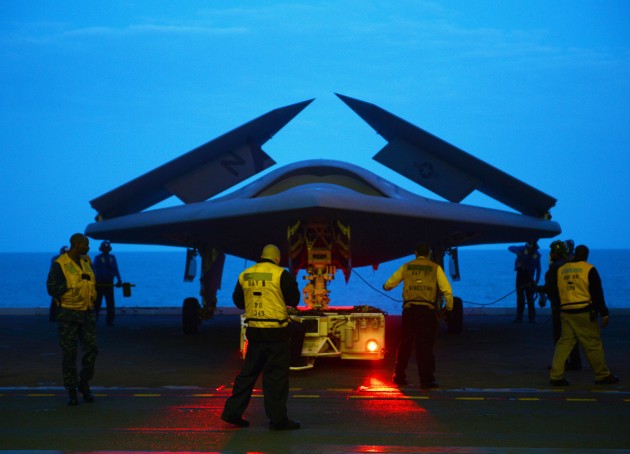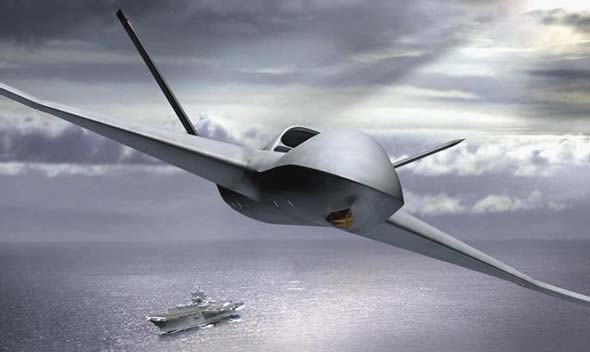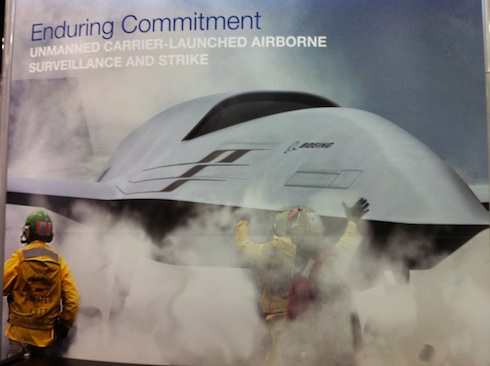CAPITOL HILL: A bipartisan letter to Navy Secretary Ray Mabus argues that the Navy should reexamine the approach it’s taking to the stealthy carrier-based Unmanned Aerial System known as UCLASS.
UCLASS letter fm Forbes to Sec. Mabus 9-17-2013
Reps. Randy Forbes and Mike McIntyre, the chairman and ranking members of the House Armed Services seapower and projection forces subcommittee, urge Mabus in the Sept. 17 letter to make sure the aircraft — the next step from the X-47B — are designed to be part of a carrier air wing, projecting power as part of the carrier group. Some on Capitol Hill and in the Navy fear that senior Pentagon officials are eager to turn UCLASS into a counter-terrorism tool, sort of a super Predator.
That concern arose from the Key Performance Parameters being suggested for the weapon as the Request for Proposal is being shaped for release soon. They would focus on long endurance as opposed to stealth and the ability to carry a sizable weapons payload. If it turned out to be a high-endurance weapon with minimal payload, then one Hill staffer said, “it wouldn’t really be the UCLASS we want it to be.”
Four companies are likely competitors for the program. General Atomics, maker of the Predator, would seem to benefit most from a system designed primarily as a counter-terrorism tool.
Boeing, Lockheed Martin and Northrop Grumman would appear to benefit most from it being stealthy and able to carry a large weapons payload as that’s where their unique experience lies.
Iran says it shot down Israel’s attack. Here’s what air defense systems it might have used.
Tehran has been increasingly public about its air defense capabilities, including showing off models of systems at a recent international defense expo.






























